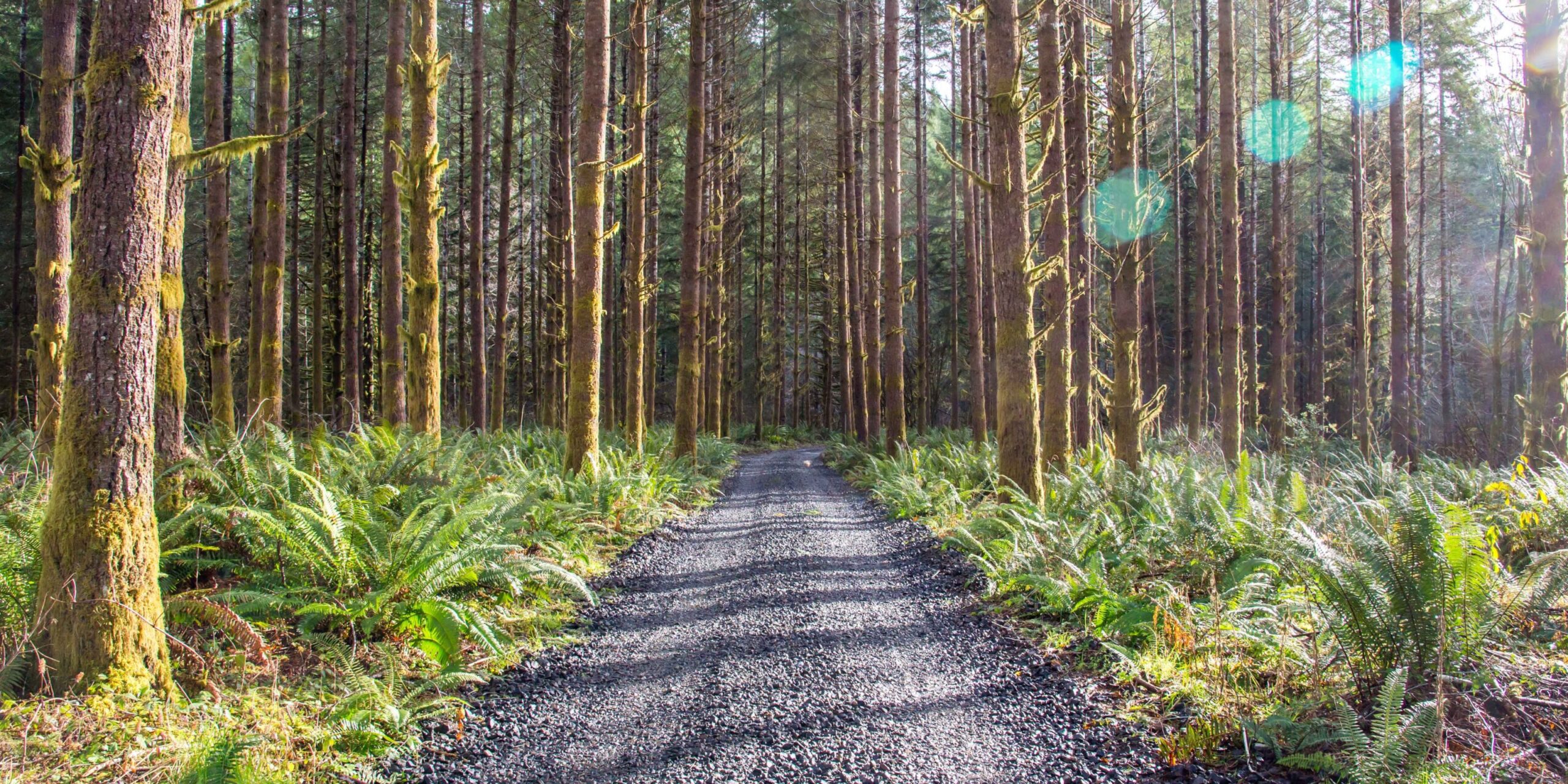
Work. Play. Renew.
Wood: The Ultimate Sustainable Building Material for Modern Construction
Billions of dollars and countless hours of research have been expended in the search for the ultimate modern sustainable building material. Options now include 3D-printed concrete, reinforced with inlaid graphene filaments and lab-grown bioplastics that are made from plant materials such as corn or seaweed. These materials are certainly impressive, and the purpose of this article is not to downplay their importance in future building ventures. However, despite all the advancements that have taken place, builders have found it difficult to create a material that checks all the boxes for strength, durability, sustainability and cost-effectiveness.
Fortunately, such a material already exists. It’s one that can be renewed quickly, used to build sturdy, long-lasting structures and requires minimal processing to be used effectively. Even better, when used responsibly, it provides a net positive for the environment. And, of course, it has been used in construction since the very beginning. This material is wood. And the largest sources of softwood lumber in the United States are the forests in the state of Oregon.
Oregon Forests Forever aims to responsibly manage the natural resources provided by our great state. In this article, we’ll explain why wood is the ultimate sustainable building material and what each of us can do to manage that sustainability further.
Wood Is a Renewable Resource
Renewability is key to sustainability: it doesn’t matter how “green” or how advanced a substance is if it will eventually run out and force the production of more, especially if this production is economically or environmentally detrimental. The best renewable resources are ones that will replenish on their own simply by growing back after being harvested.
While forests will regrow on their own with time, they can do so even more effectively with human help. This is referred to as reforestation, which is done by planting new seedlings in areas where trees have previously been removed and then monitoring these areas to make sure the new trees are thriving and healthy. In this way, the time it takes for a forest to recover from a harvest is reduced dramatically—and these sustainable building materials are renewed more quickly.
Wood Doesn’t Produce Harmful Byproducts
Other building materials, as great as they may be, are often not particularly environmentally friendly during manufacturing and processing. Think about plastic, for example. Many toxic byproducts are created during its production, including carbon dioxide gas, and released into the atmosphere. This means that, for every useful square foot of plastic that is created, a certain amount of toxic byproducts are also produced.
Wood doesn’t have this problem. When a tree is harvested, it is already ready to be put to use. Not only that, but every part is useful. The timber can be utilized in the construction of buildings, while the bark can become kindling or mulch and branches can become firewood. Nothing is wasted, and no harmful byproducts are emitted.
Wood Is Important for Carbon Sequestration
We’ve mentioned that the production of many modern construction materials creates unwanted byproducts; the most harmful of these is carbon dioxide (CO2). As a greenhouse gas, CO2 is the largest culprit in climate change, which has forced us to search for alternative building materials and fuel sources to reduce our carbon production.
Reducing our carbon output, however, is no longer enough, and we now need to find ways to remove carbon dioxide that already exists in the atmosphere. Trees absorb CO2 as they grow, using it in photosynthesis to produce wood fiber. The carbon is then stored within their biomass, only being released back into the environment when the tree burns or decays.
Each acre of forest has the potential to capture thousands of pounds of CO2 per year, adding up to 220 million tons per year in the forests of the United States and Canada. The carbon that is captured remains inside the wood, even after it is harvested and used in construction. This means that man-made wooden structures can store CO2 during their lifetime, which can be decades or even sometimes centuries.
Forest Management Means Wood Can Be Even More Sustainable
Using wood as a sustainable building material is about more than simply going into a forest and taking trees whenever they’re needed. As you can imagine, that method would be decidedly unsustainable, eventually leading to the depletion of forest resources. Instead, humans have a responsibility to increase the sustainability of the forests through active and careful forest management.
Forest management refers to human efforts to shepherd the regrowth and regeneration of forests after a harvest, usually through the planting of and caring for new trees, as mentioned above. It also refers to harvesting responsibly. By removing trees strategically, the risk of wildfires and other catastrophic events actually decreases, as it reduces the fuel necessary for a fire to grow out of control. In turn, this allows local wildlife to thrive, leading to a healthier ecosystem overall.
Wood as a Building Material Means More Forests
The existence of forests isn’t just environmentally beneficial for the planet. They are also economically beneficial for nearby human societies. The need to harvest wood and other natural resources can create jobs and bring income to the communities around forests.
Far from depleting the forests, the demand for wooden building materials actually leads to the growth of more forests, as people who depend on them for their livelihood work to shepherd their ongoing health and success.
At its core, this is what sustainability is all about: not just the use of resources that can be replenished, but ones that will provide a net benefit to people when they are. This is also the purpose of Oregon Forests Forever. By encouraging the responsible management of forests, we help to maintain both their environmental and economic benefits. For more information or to see how you can join, explore the website or join us today.